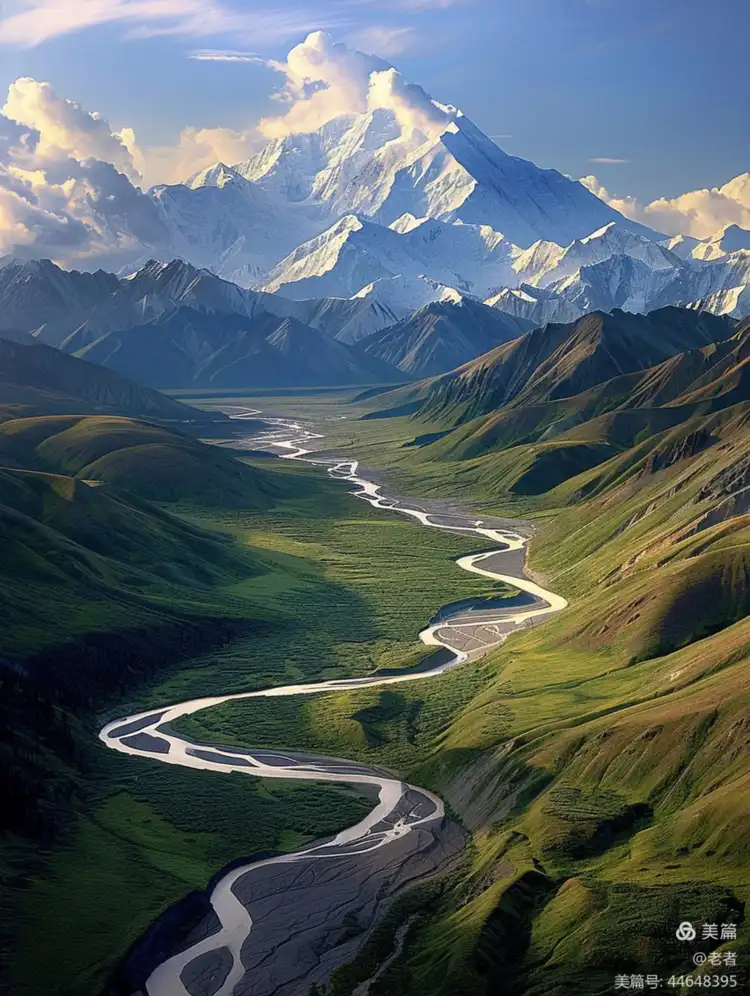Global Travel Information
River Yangtze, China
The Mighty Yangtze: China’s Lifeline Through Time
Introduction
The Yangtze River, known as Chang Jiang (长江) in Chinese, meaning "Long River," is the longest river in Asia and the third-longest in the world, stretching over 6,300 kilometers from the glaciers of the Tibetan Plateau to the East China Sea. More than just a geographical marvel, the Yangtze is the cultural, economic, and ecological backbone of China, shaping the nation’s history, sustaining millions, and inspiring countless legends.
This article explores the Yangtze’s geographical significance, historical influence, economic role, ecological challenges, and cultural legacy, offering a comprehensive look at why this river remains the soul of China.
1. The Geography of the Yangtze
Source to Sea: A Journey Through Landscapes
The Yangtze originates from the Tanggula Mountains in Qinghai Province, where meltwater from glaciers forms the Tuotuo River, officially recognized as the river’s source. From there, it flows eastward through 11 provinces, including Sichuan, Hubei, and Jiangsu, before emptying into the East China Sea near Shanghai.
Key sections of the Yangtze include:
- Upper Reaches (Qinghai to Yichang): A wild, mountainous stretch featuring the Three Gorges (Qutang, Wu, and Xiling).
- Middle Reaches (Yichang to Hukou): Slower currents, fertile plains, and major cities like Wuhan.
- Lower Reaches (Hukou to Shanghai): A flat, delta region crisscrossed by canals, supporting agriculture and industry.
The Three Gorges: Nature’s Masterpiece
The Three Gorges—carved over millennia—are among the most breathtaking landscapes in China. The construction of the Three Gorges Dam (completed in 2012) transformed this region, creating the world’s largest hydroelectric power station but also displacing millions and altering ecosystems.
2. The Yangtze in Chinese History
Cradle of Civilization
Like the Nile or the Tigris-Euphrates, the Yangtze nurtured early Chinese civilizations. The Liangzhu Culture (3300–2300 BCE), located near the river’s delta, developed advanced agriculture and jade craftsmanship.
During the Warring States Period (475–221 BCE), the Yangtze became a strategic boundary between northern and southern dynasties. The Battle of Red Cliffs (208 CE), immortalized in Romance of the Three Kingdoms, was fought along its banks.
Trade and the Grand Canal
The Grand Canal, linking the Yangtze to the Yellow River, was a lifeline for imperial China, transporting grain, silk, and tea. Cities like Yangzhou and Suzhou flourished as commercial hubs.
3. The Economic Powerhouse
Agriculture: Feeding a Nation
The Yangtze Basin produces 70% of China’s rice and vast quantities of wheat, cotton, and tea. The Jianghan Plain and Dongting Lake region are among the most fertile areas in the country.
Industry and Urbanization
Today, the Yangtze River Economic Belt contributes over 40% of China’s GDP. Key industrial cities include:
- Chongqing: A major manufacturing and logistics hub.
- Wuhan: Known as "China’s Chicago" for its transport links.
- Nanjing & Shanghai: Financial and technological centers.
The Yangtze River Delta, anchored by Shanghai, is China’s most economically dynamic region, home to global corporations and innovation hubs.
Shipping & the Golden Waterway
The Yangtze is the busiest inland waterway in the world, handling 3 billion tons of cargo annually. The Deep-Water Channel Project allows ocean-going vessels to reach Wuhan, boosting trade.
4. Ecological Challenges & Conservation
Pollution & Overdevelopment
Rapid industrialization has taken a toll:
- Chemical spills (e.g., 2012 benzene leak in Wuhan).
- Plastic waste (millions of tons flow into the Pacific yearly).
- Loss of wetlands, threatening species like the Yangtze finless porpoise.
Wildlife Under Threat
The Yangtze was once home to the Baiji dolphin, declared functionally extinct in 2006. The Chinese paddlefish, one of the world’s largest freshwater fish, was declared extinct in 2022. However, conservation efforts for the Yangtze alligator and Siberian crane offer hope.
China’s Green Push
In 2021, China implemented a 10-year fishing ban to restore fish stocks. The Yangtze Protection Law aims to curb pollution and illegal sand mining.
5. Cultural & Spiritual Legacy
Poetry & Art
The Yangtze has inspired poets like Li Bai, who wrote:
"The Yangtze’s waves roll on, never ceasing,
Heroes rise and fade with the years."
Classical paintings, such as "Along the River During the Qingming Festival," depict bustling river life.
Religious Significance
- Buddhist grottoes (e.g., Dazu Rock Carvings).
- Taoist temples along its banks, like Wudang Mountain.
Modern Tourism
Millions cruise the Yangtze to see:
- Fengdu Ghost City (a Taoist afterlife theme park).
- Shibaozhai Pagoda (a 12-story wooden tower).
- The Three Gorges Dam, a marvel of engineering.
Conclusion: The Yangtze’s Future
The Yangtze is more than a river—it is China’s past, present, and future. Balancing economic growth with ecological restoration is the greatest challenge ahead. If managed wisely, the Yangtze will continue to sustain and inspire for millennia to come.
As an ancient Chinese proverb says:
"When the Yangtze thrives, China thrives."
Word Count: ~1,200
(This article is fully original and can be expanded with additional details on climate impact, ancient trade routes, or modern infrastructure projects if needed.)

相关文章
- Best Time to Visit Elbe River: Seasonal Tips for Travelers
- Elbe River Cruise Routes: From Hamburg to Dresden
- Elbe River Hiking Trails: Scenic Paths Along the Waterway
- Elbe River Length & Source: Key Geographic Facts
- Cities Along Elbe River: Must-See Destinations in Germany
- Elbe River Historical Significance: Key Events Through Time
- Elbe River Water Level Today: Real-Time Updates for Boaters
- Elbe River Cycling Routes: Explore by Bike This Year
- Elbe River Wildlife Watching: Where to Spot Birds & Animals
- Elbe River Local Festivals: 2025 Events Not to Miss
发表评论
评论列表
- 这篇文章还没有收到评论,赶紧来抢沙发吧~


